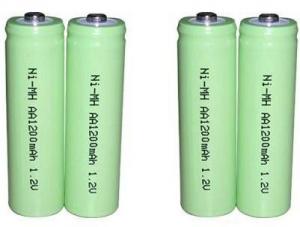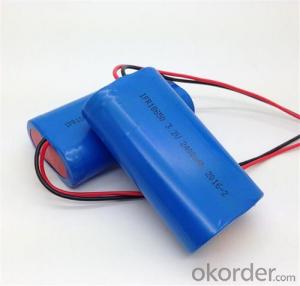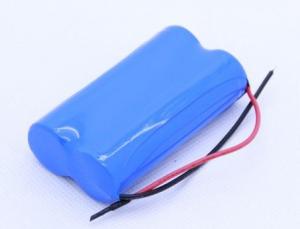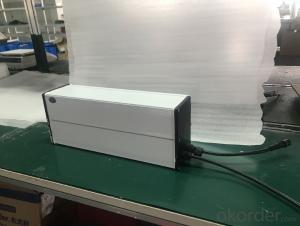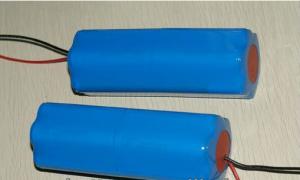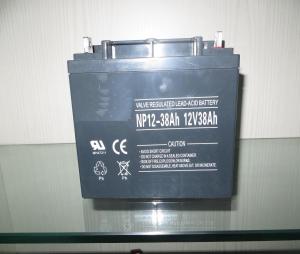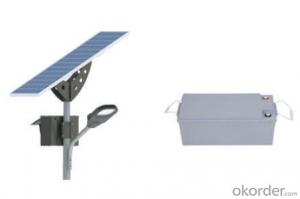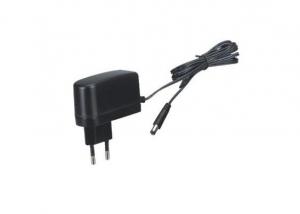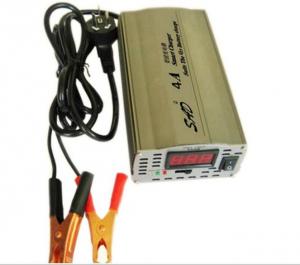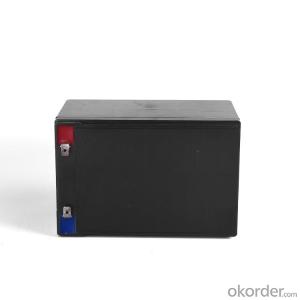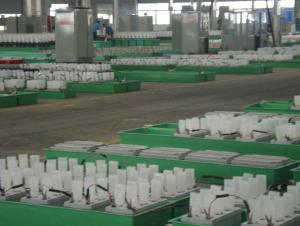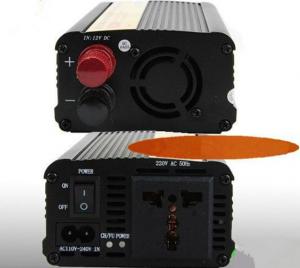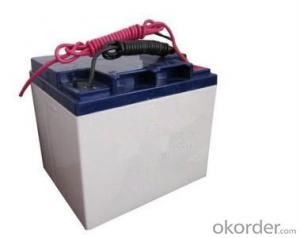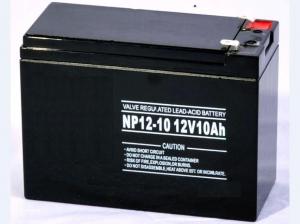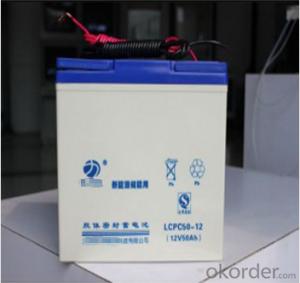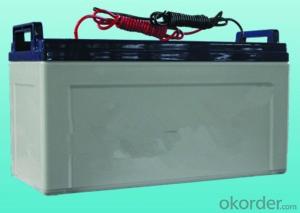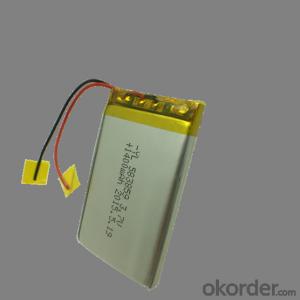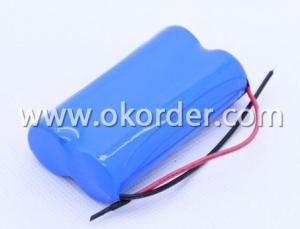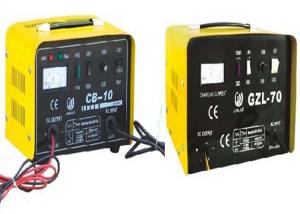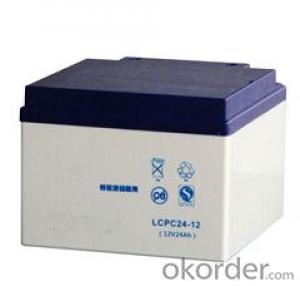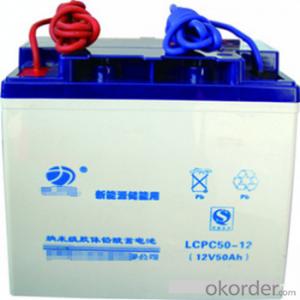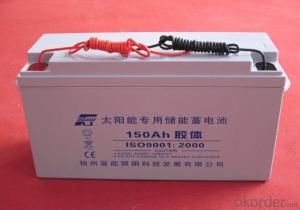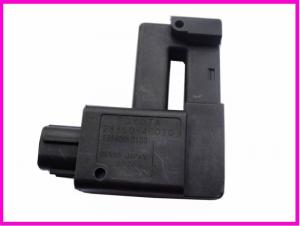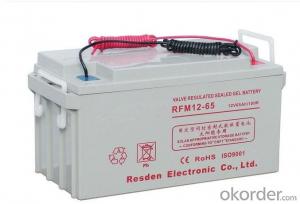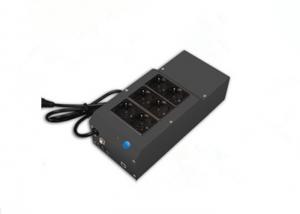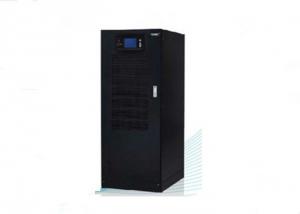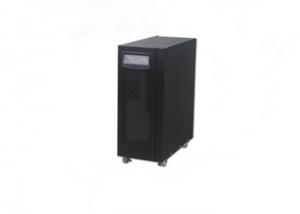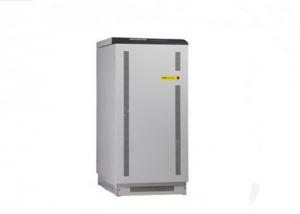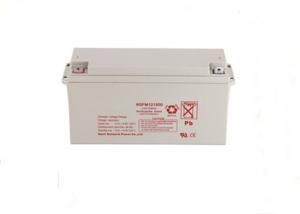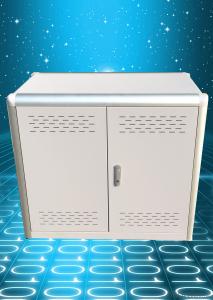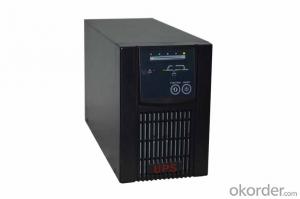12 V Lithium Battery
12 V Lithium Battery Related Searches
12v Lithium Battery Lithium 12v Battery 12 Volt Lithium Battery Lithium Battery 12v Lithium 12 Volt Battery 12v Battery Lithium 12v Lithium Ion Battery 12 Volt Lithium Ion Battery Lithium Battery Charger 12v 12 Volt Lithium Marine Battery 24 Volt Lithium Battery Lithium 24v Battery 12v 100ah Lithium Battery 24v Lithium Battery Lithium Battery 24v Lithium Battery 12v 100ah 6v Lithium Battery Lithium 6v Battery 24v Battery Lithium 12v 100ah Lithium Ion Battery 48 Volt Lithium Battery 20v Lithium Battery 48v Lithium Battery 3v Lithium Battery 24 Volt Lithium Ion Battery Lithium 3v Battery 24v Lithium Ion Battery Solar Lithium Battery 3 6v Lithium Battery Lithium Phosphate Battery12 V Lithium Battery Supplier & Manufacturer from China
12 V Lithium Battery is a type of high-performance, rechargeable battery that is commonly utilized in various applications. These batteries are known for their compact size, lightweight design, and long-lasting power, making them ideal for use in a wide range of devices and machinery. They are particularly popular in the fields of electronics, automotive, and renewable energy systems, where their reliability and efficiency are highly valued.The 12 V Lithium Battery is widely used in scenarios such as portable power solutions for camping and outdoor activities, providing backup power for home and office electronics, and even in electric vehicles and solar energy storage systems. Its versatility and adaptability make it a go-to choice for those seeking a reliable and eco-friendly power source. The battery's low self-discharge rate and ability to withstand extreme temperatures further enhance its appeal in various environments and conditions.
Okorder.com is a leading wholesale supplier of 12 V Lithium Battery products, boasting a large inventory that caters to the diverse needs of customers worldwide. By offering a comprehensive selection of high-quality batteries at competitive prices, Okorder.com ensures that businesses and individuals can find the perfect 12 V Lithium Battery solution for their specific requirements. With a commitment to customer satisfaction and a focus on providing top-notch products, Okorder.com has established itself as a trusted source for all things related to 12 V Lithium Battery needs.
Hot Products



